Paroxetin by Balkan Pharmaceuticals
In the realm of pharmaceuticals, Paroxetin BP, manufactured by Balkan Pharmaceuticals, stands out as a vital player in mental health treatment. This oral drug is renowned for its efficacy in managing various conditions, making it a beacon of hope for those navigating the complexities of mental health. In this comprehensive guide, we delve into the general description, indications, contraindications, medical action, combination with other drugs, recommended dosage, and potential side effects of Paroxetin BP.
General Description:
Paroxetin BP is a member of the selective serotonin reuptake inhibitor (SSRI) family, a class of drugs designed to influence serotonin levels in the brain. Serotonin, a neurotransmitter, plays a crucial role in mood regulation, and by selectively inhibiting its reuptake, Paroxetin BP enhances its availability in the synaptic cleft. This mechanism forms the cornerstone of its effectiveness in treating various mental health disorders.
Indications:
The versatility of Paroxetin BP is evident in its wide range of indications. Primarily prescribed for the treatment of major depressive disorder (MDD), Paroxetin BP has also demonstrated efficacy in managing panic disorder, obsessive-compulsive disorder (OCD), social anxiety disorder, generalized anxiety disorder (GAD), and post-traumatic stress disorder (PTSD). Its diverse applications make it a valuable tool in the hands of healthcare professionals addressing the multifaceted nature of mental health.
Contraindications:
While Paroxetin BP is a potent medication, certain contraindications warrant careful consideration. Individuals with a hypersensitivity to Paroxetin or any of its components should avoid its use. Additionally, concurrent use of monoamine oxidase inhibitors (MAOIs) is contraindicated due to the risk of serotonin syndrome, a potentially life-threatening condition. Caution is advised in patients with a history of seizures, as Paroxetin BP may lower the seizure threshold.
Medical Action:
The therapeutic action of Paroxetin BP unfolds through its impact on serotonin reuptake. By inhibiting the reabsorption of serotonin into nerve cells, the drug prolongs its presence in the synaptic cleft. This heightened concentration of serotonin facilitates improved communication between nerve cells, mitigating symptoms associated with mood disorders. The precise neurobiological mechanisms are complex, involving the modulation of receptor activity and intricate signaling pathways.
Combined with Other Drugs:
In clinical practice, the judicious combination of medications is often employed to optimize treatment outcomes. When considering the use of Paroxetin BP alongside other drugs, healthcare providers must exercise caution. Combining Paroxetin BP with MAOIs or other serotonergic drugs requires careful monitoring due to the increased risk of serotonin syndrome. Conversations about potential drug interactions should be thorough, ensuring patient safety and treatment efficacy.
Recommended Dosage:
Dosage recommendations for Paroxetin BP are contingent upon the specific condition being treated. For major depressive disorder, an initial dose of 20 mg per day is common, with adjustments made based on individual response. In panic disorder, the recommended starting dose is also 10 mg daily, gradually titrated to a therapeutic level. Regular reassessment by healthcare professionals ensures that the dosage aligns with the patient’s evolving needs. As with any medication, adherence to prescribed dosages is imperative for optimal outcomes.
Side Effects:
Like any pharmacological intervention, Paroxetin BP is associated with potential side effects. Common adverse reactions include nausea, headache, dry mouth, and drowsiness. These symptoms are often transient, subsiding as the body acclimates to the medication. However, persistent or severe side effects should be promptly reported to healthcare providers. It’s important to note that abrupt discontinuation of Paroxetin BP may lead to withdrawal symptoms, emphasizing the significance of a gradual tapering schedule under medical supervision.
In rare cases, Paroxetin BP has been linked to more serious side effects, such as serotonin syndrome, allergic reactions, and an increased risk of suicidal thoughts, particularly in younger individuals. Vigilant monitoring and open communication between patients and healthcare providers are essential to mitigate these risks.
Conclusion:
In conclusion, Paroxetin BP, manufactured by Balkan Pharmaceuticals, is a valuable therapeutic tool in the management of various mental health disorders. Its selective serotonin reuptake inhibition mechanism, coupled with a broad spectrum of indications, highlights its significance in the pharmaceutical landscape. However, its use requires careful consideration of contraindications, potential drug interactions, and diligent monitoring for side effects. As with any medication, the decision to prescribe Paroxetin BP should be guided by a comprehensive understanding of the patient’s clinical profile and a commitment to individualized, patient-centered care.

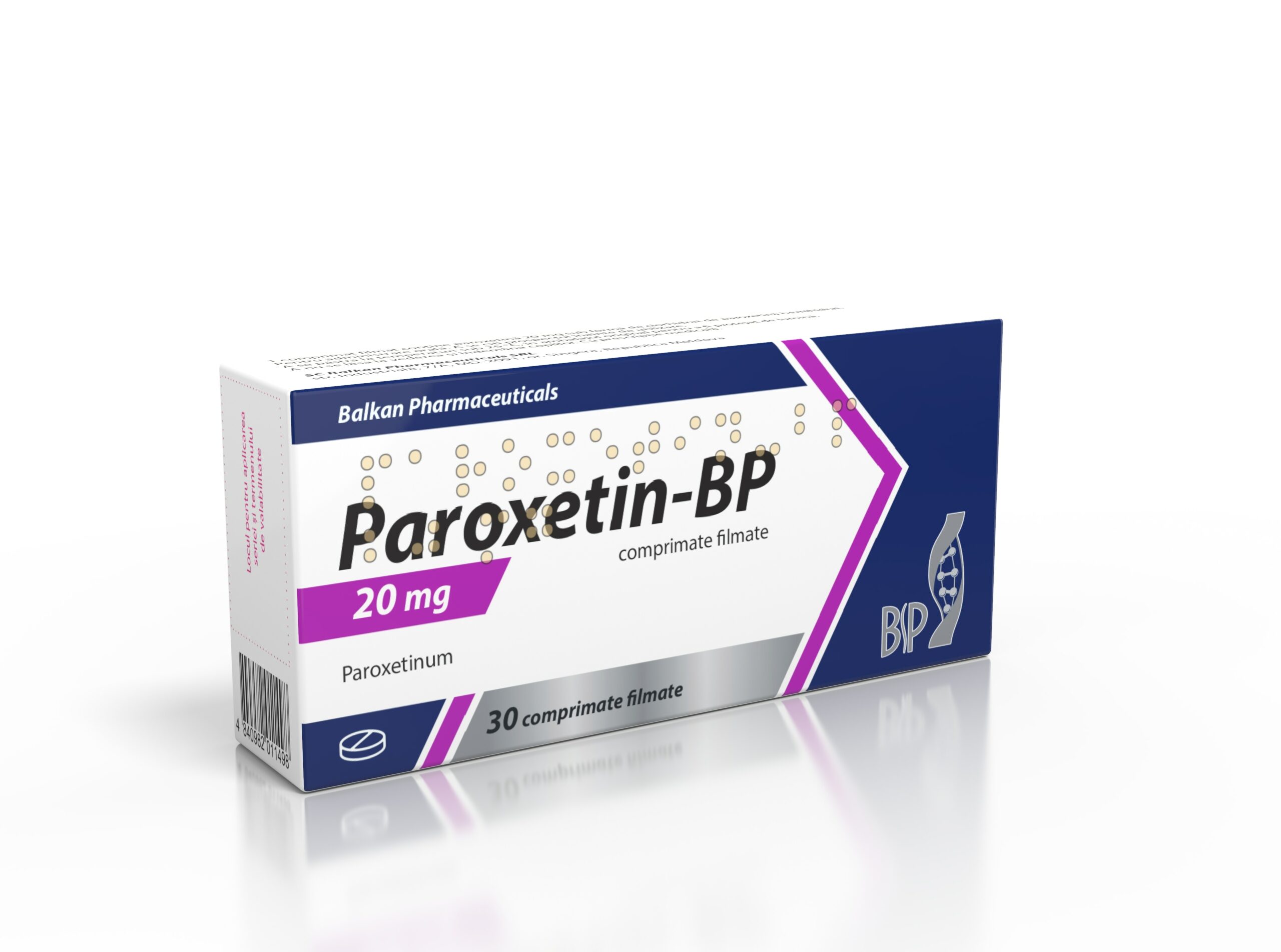
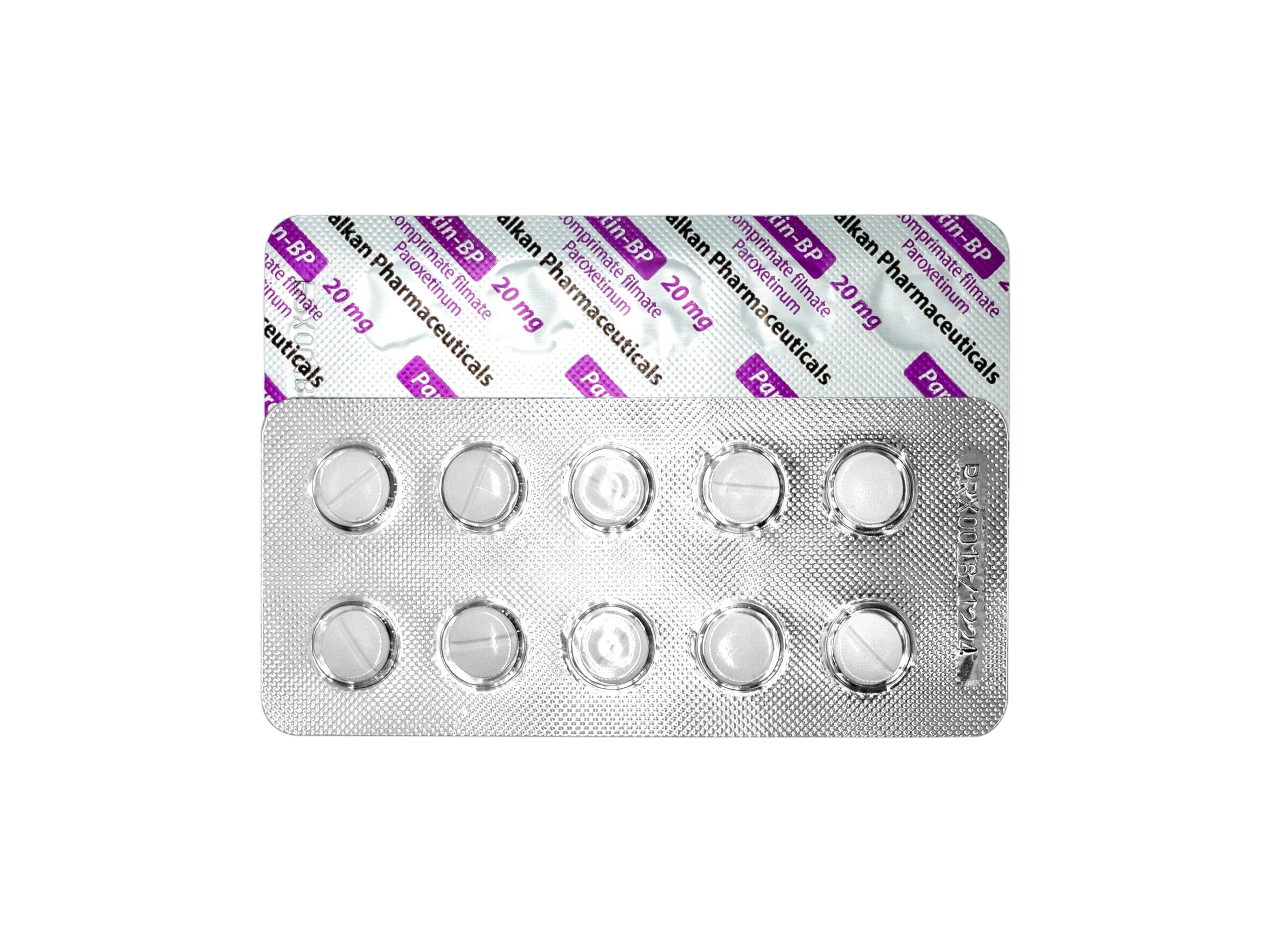
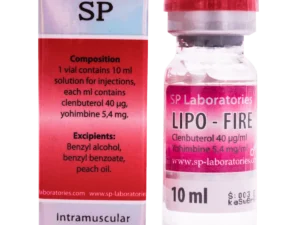
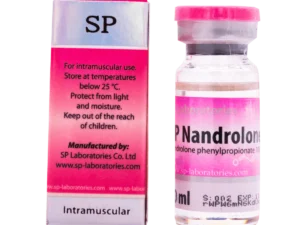
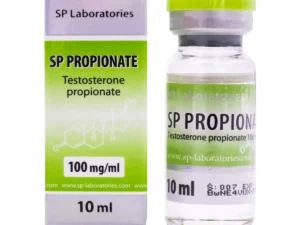

Reviews
There are no reviews yet.